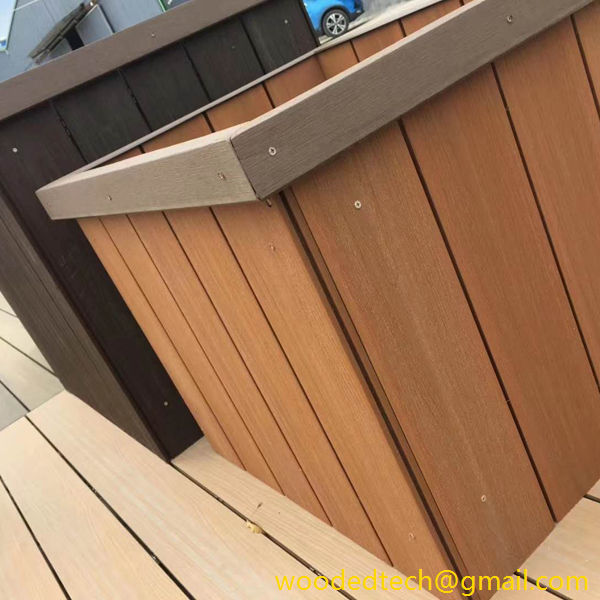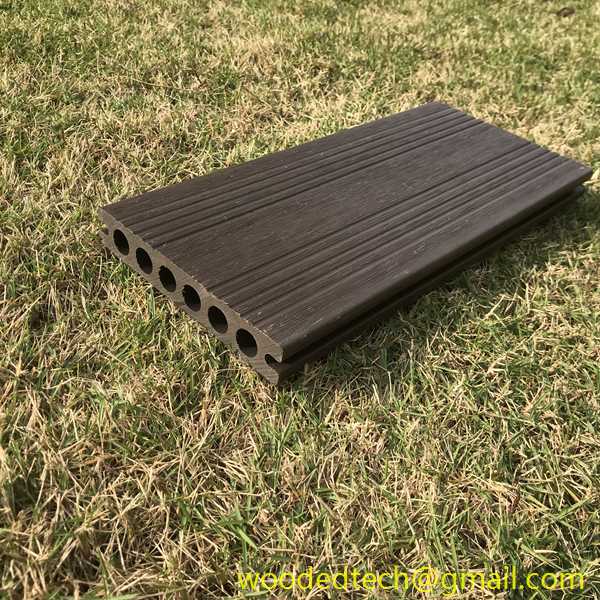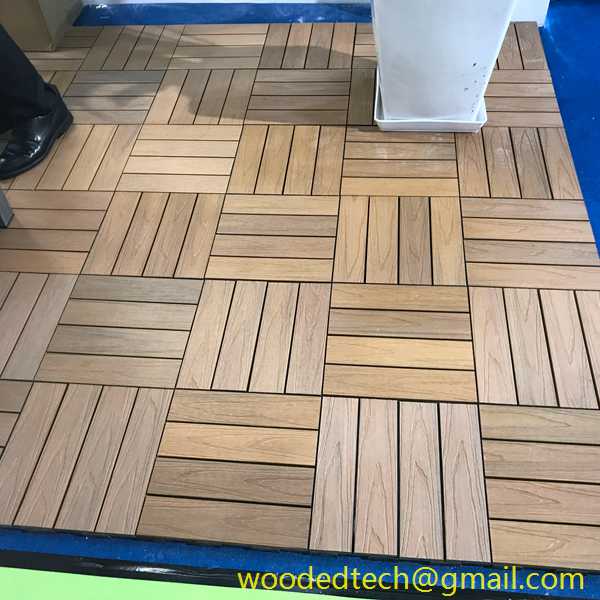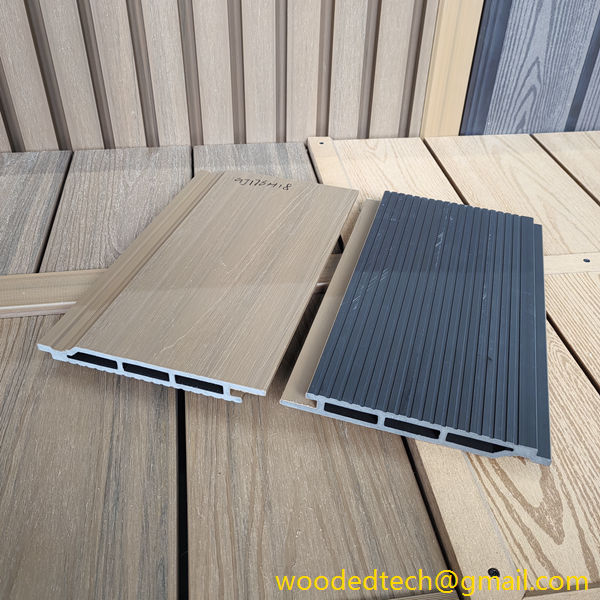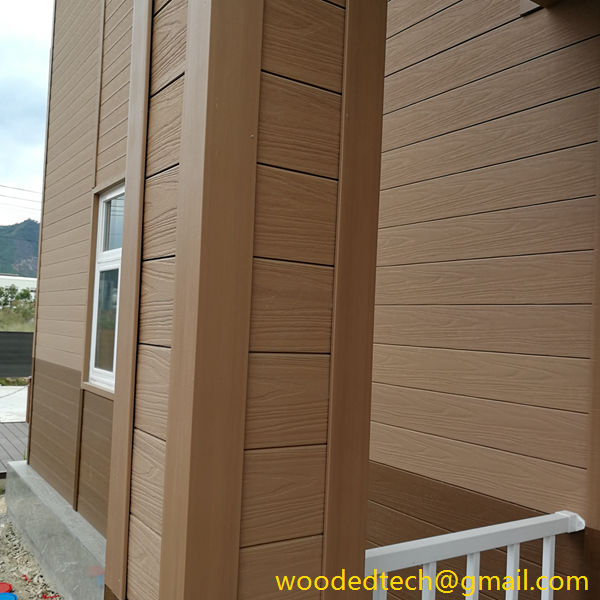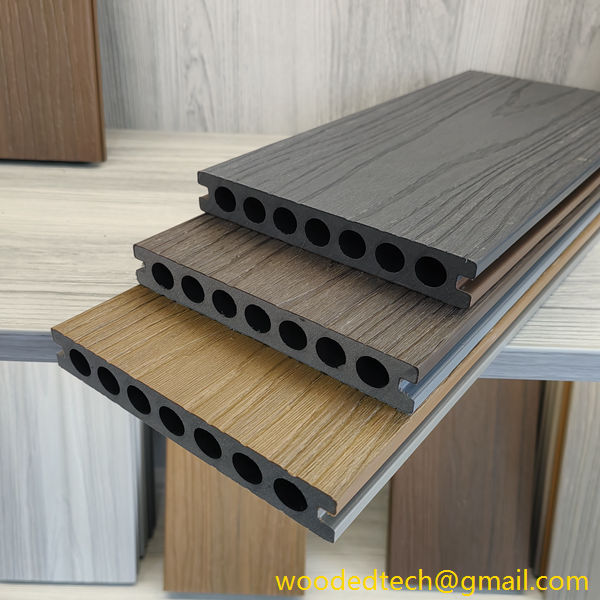Discover the Benefits of Wood Plastic Cladding for Your Home
In recent years, the construction and renovation industries have seen a significant shift towards sustainable materials. One such innovation that has garnered attention is wood plastic cladding. This composite material, made from a blend of wood fibers and plastic, offers numerous advantages over traditional cladding options. To fully appreciate the benefits of wood plastic cladding, it is essential to examine its global production capacity, price advantages, and overall value for homeowners.
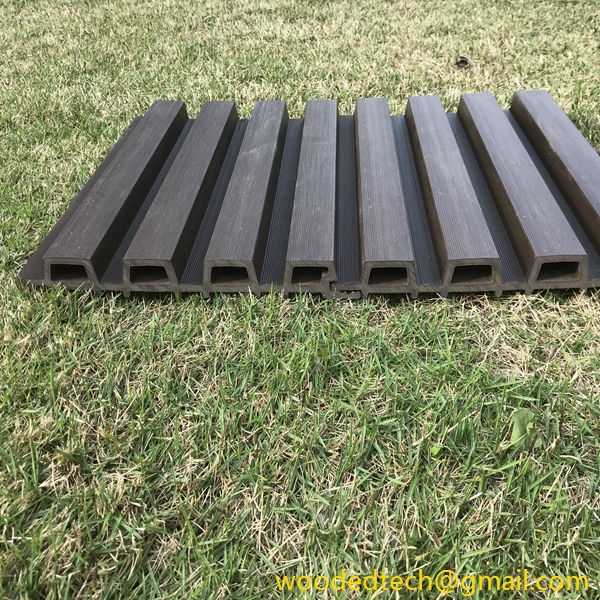
One of the most compelling aspects of wood plastic cladding is its global production capacity. As demand for sustainable building materials continues to rise, manufacturers worldwide are ramping up their production capabilities. Countries with abundant natural resources, such as the United States, Canada, and various European nations, are leading the way in producing high-quality wood plastic composites. These regions benefit from a rich supply of both wood and plastic materials, allowing for efficient production processes and lower transportation costs. Furthermore, emerging markets in Asia and South America are also investing in the technology and infrastructure necessary to produce wood plastic cladding. This growing global capacity ensures that homeowners can access a wide range of products and designs to suit their aesthetic preferences and functional needs.
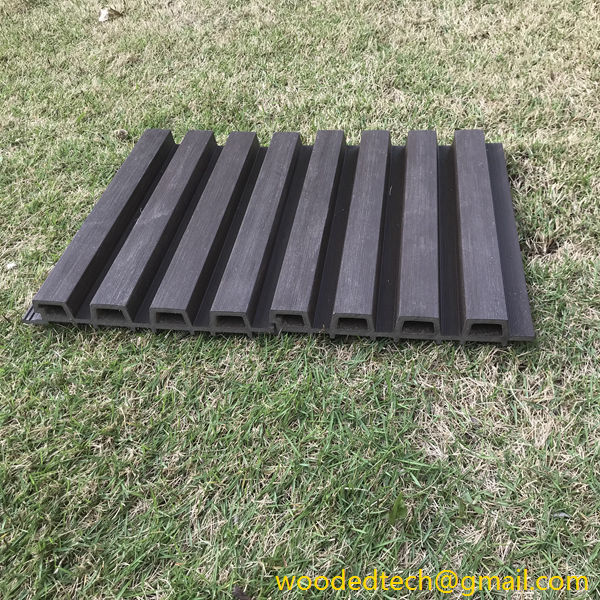
The price advantage of wood plastic cladding is another critical factor driving its popularity. When compared to traditional materials such as natural wood, vinyl, or fiber cement, wood plastic cladding often presents a more cost-effective solution. The combination of wood fibers and recycled plastics not only reduces material costs but also lowers manufacturing expenses. Moreover, the durability of wood plastic cladding means that homeowners can save money in the long run by reducing maintenance and replacement costs. Traditional wood siding can require regular staining, painting, and sealing to maintain its appearance and performance. In contrast, wood plastic cladding is designed to resist fading, warping, and insect damage, thus requiring minimal upkeep over its lifespan.
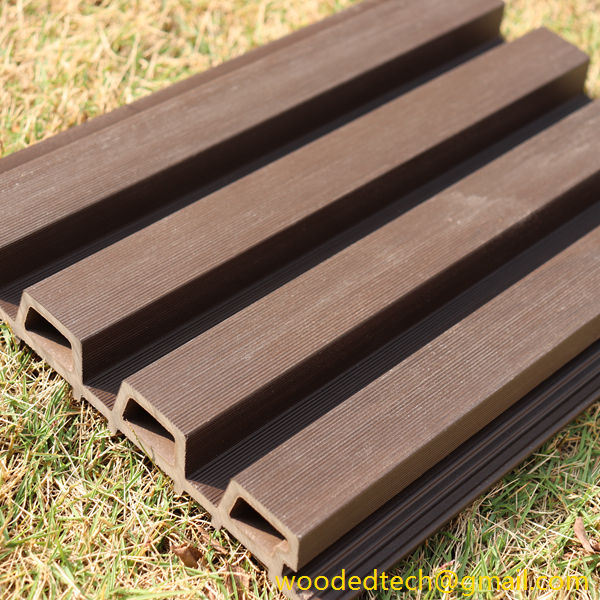
From an environmental perspective, the price advantages of wood plastic cladding are even more pronounced. By utilizing recycled plastics and sustainably sourced wood fibers, the production process has a lower environmental impact than that of conventional materials. This approach not only conserves natural resources but also reduces waste, as plastics that might otherwise end up in landfills are repurposed into usable products. Homeowners can take pride in their choice of cladding, knowing that they are contributing to a more sustainable future while also enjoying the economic benefits of using a cost-effective material.
In addition to its production capacity and price advantages, wood plastic cladding offers a wide range of aesthetic options. With advancements in manufacturing technology, homeowners can choose from various colors, textures, and finishes that mimic the look of natural wood without the drawbacks. This versatility allows for creative expression in home design, making it easier to achieve the desired appearance without sacrificing performance. Whether a homeowner prefers a rustic look or a contemporary style, wood plastic cladding can be tailored to fit any architectural vision.
The benefits of wood plastic cladding extend beyond mere aesthetics and cost savings. This material is also highly resistant to moisture, mold, and mildew, making it an ideal choice for various climates. Homes located in areas with high humidity or frequent rainfall can greatly benefit from the water-resistant properties of wood plastic cladding. This feature not only enhances the longevity of the material but also contributes to a healthier indoor environment by reducing the risk of mold growth.
Moreover, wood plastic cladding is lightweight and easy to install, which can significantly reduce labor costs during construction or renovation projects. Many products are designed with interlocking systems that simplify the installation process, allowing for quicker project completion. This ease of installation is particularly advantageous for DIY enthusiasts who want to undertake home improvement projects without hiring professional contractors.
In conclusion, wood plastic cladding offers a myriad of benefits for homeowners looking to enhance their properties. With its growing global production capacity, cost-effective pricing, aesthetic versatility, and durability, this innovative material stands out as an excellent choice for modern construction and renovation. By opting for wood plastic cladding, homeowners not only invest in a sustainable and stylish solution but also contribute to a greener future while enjoying long-term savings. Embracing wood plastic cladding is not just a trend; it is a wise decision that reflects a commitment to quality, sustainability, and value.

